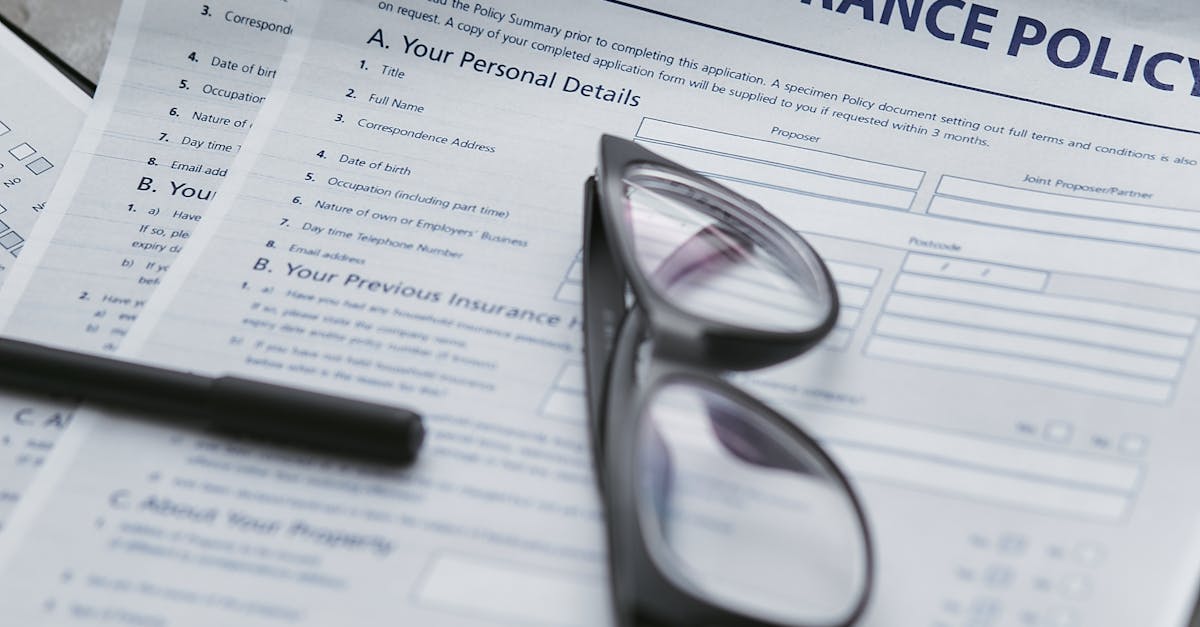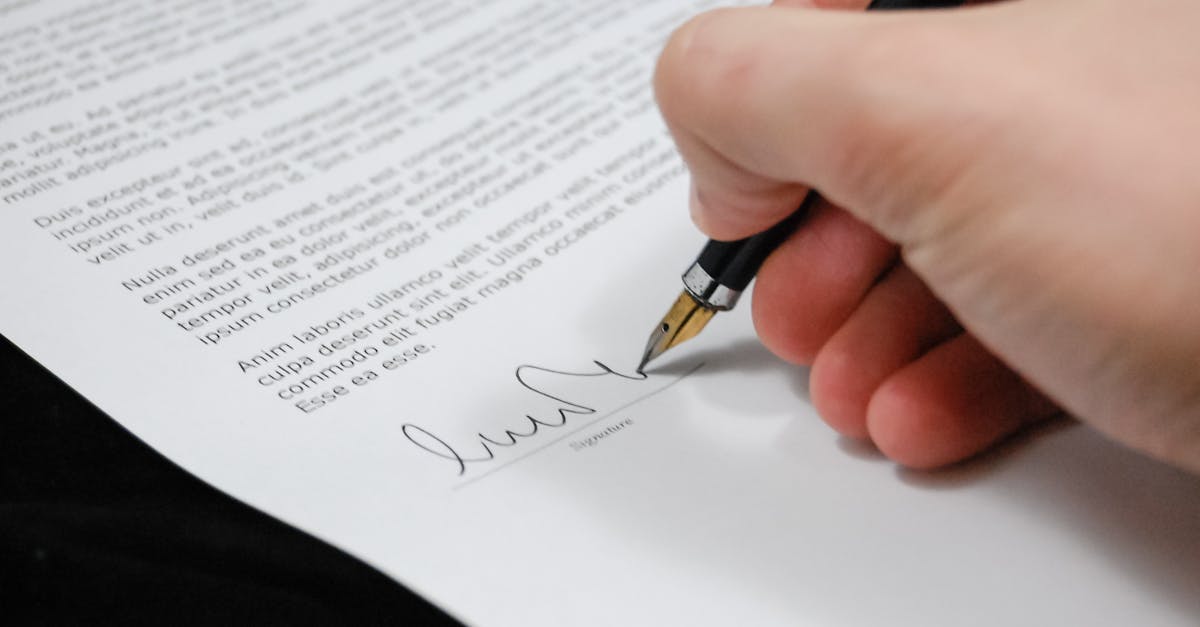
Reviewing and Editing Court Documents for Accuracy
Reviewing and editing court documents for accuracy is a critical step in ensuring the integrity of legal filings. It is imperative to meticulously review each component of the document to guarantee that all information is precise and in compliance with court regulations. Common errors such as typographical mistakes, formatting inconsistencies, or inaccurate data can undermine the credibility of the filing. Thus, legal professionals must allocate sufficient time and attention to thoroughly review each section for any discrepancies before submission.
Filing legal documents near me requires a methodical approach to editing to minimize the risk of errors. Utilizing tools like spell check, grammar check, and reviewing the document multiple times can help in identifying and rectifying any mistakes. Additionally, seeking a second opinion from a colleague or supervisor can provide fresh insight and catch errors that may have been overlooked initially. By implementing a rigorous review process, legal professionals can enhance the accuracy and effectiveness of their court filings.
Proofreading Strategies for ErrorFree Filings
Proofreading is a crucial step in ensuring error-free court filings. When reviewing legal documents, attention to detail is paramount to avoid any mistakes that could have serious consequences. One effective strategy for proofreading is taking breaks between drafting and reviewing the document. This allows for a fresh perspective when revisiting the content, making it easier to catch any overlooked errors.
Another valuable tip is to read the document out loud. This method can help identify awkward phrasing, grammatical errors, and punctuation mistakes that may not be noticeable when reading silently. Moreover, seeking feedback from a colleague or professional in the field can provide a fresh set of eyes to catch any errors that may have been missed. Ultimately, these strategies can enhance the accuracy and professionalism of court filings, ensuring that they are in compliance with legal standards, even when just searching for "Filing legal documents near me."
Addressing Document Security and Confidentiality
Document security and confidentiality are paramount when it comes to filing legal documents near me. It is crucial to ensure that sensitive information within court filings is safeguarded against unauthorized access or disclosure. Utilizing encryption techniques and implementing strict protection measures can help maintain the confidentiality of valuable data contained in these documents, thereby upholding the integrity of the legal process. By prioritizing document security, legal professionals can instill trust in clients and demonstrate their commitment to preserving the privacy of sensitive information.
In addition to encryption and protection measures, incorporating stringent access controls is essential in safeguarding confidential court documents. Limiting access to authorized personnel only and employing secure storage methods can mitigate the risk of data breaches or leaks. By adhering to best practices in document security, legal practitioners can enhance their credibility and reputation while fostering a safe and trusted environment for handling sensitive legal information. Prioritizing document security and confidentiality not only upholds professional standards but also reinforces the ethical obligation of legal professionals to protect the interests of their clients.
Encryption and Protection Measures for Sensitive Information
Encryption and protection measures play a crucial role in safeguarding sensitive information within legal documents. Ensuring that data is encrypted using strong algorithms adds an extra layer of security to prevent unauthorized access. Encryption converts plain text into a coded version that is only readable by those with the decryption key, thus reducing the risk of data breaches and maintaining confidentiality throughout the storage and transmission processes. Implementing robust encryption protocols is essential for maintaining the integrity of sensitive details included in court filings, particularly when handling private client information in legal proceedings.
When it comes to filing legal documents near me, utilizing encryption technologies can minimize the likelihood of data tampering or interception by malicious entities. Alongside encryption, employing access controls, such as passwords and multi-factor authentication, strengthens the protection of sensitive information, ensuring that only authorized individuals can view or modify the contents of legal documents. These security measures not only uphold client confidentiality but also adhere to legal requirements regarding data privacy and protection regulations. By integrating encryption and access controls into document management practices, legal professionals can mitigate the risks associated with handling sensitive information during court proceedings.
Incorporating Tables and Exhibits in Court Filings
Incorporating tables and exhibits in court filings can significantly enhance the presentation of complex information to support your case. When preparing court documents, including tables can help organize data in a visually appealing and accessible manner. Tables allow for the clear and concise display of large sets of information, making it easier for judges, juries, and other parties involved in the case to comprehend the data presented. Moreover, exhibits such as photographs, charts, graphs, or diagrams can provide additional context and clarity to the information presented in the legal documents. Filing legal documents near me that incorporate tables and exhibits not only facilitates understanding but also can strengthen the arguments being made in court.
When incorporating tables and exhibits in court filings, it is crucial to ensure that they are properly labeled and referenced within the document. Each table and exhibit should be numbered consecutively and accompanied by a descriptive title that clearly indicates its purpose and relevance to the case. Additionally, referencing the tables and exhibits within the text of the legal document can guide the reader to the relevant visual aid when necessary. By following these practices, you can help streamline the review process for judges and legal professionals, ultimately contributing to a more effective presentation of your arguments in court.
Guidelines for Including Visual Aids in Legal Documents
Visual aids play a crucial role in enhancing the clarity and persuasiveness of legal documents. When incorporating tables, charts, or exhibits into court filings, it is imperative to ensure that each visual aid is clearly labeled and referenced within the text to provide context for the reader. Moreover, visual aids should be directly relevant to the information presented in the document and should not be used indiscriminately. Utilizing visual aids strategically can help readers grasp complex information more easily, thereby strengthening the overall argument presented in the legal filing.
When preparing visual aids for inclusion in legal documents, it is essential to consider the formatting guidelines specified by the court. This includes ensuring that tables and exhibits are legible, properly sized, and conform to any requirements regarding fonts and colors. Additionally, visual aids should be seamlessly integrated into the text and not disrupt the flow of the document. By adhering to these guidelines, legal professionals can effectively communicate their arguments and evidence visually, enhancing the overall impact of their filings. Filing legal documents near me should involve meticulous attention to detail when incorporating visual aids to ensure that they serve their intended purpose efficiently.
FAQS
What file format should court documents be saved in?
Court documents should typically be saved in PDF format to ensure that the formatting remains intact and to prevent any unwanted changes to the content.
Are there specific font and size requirements for court documents?
Yes, court documents usually require the use of a standard font such as Times New Roman or Arial in a size between 12-14 points for better readability and consistency.
Can I include hyperlinks in court documents?
It is generally advised to avoid including hyperlinks in court documents unless specifically requested by the court, as they can sometimes be seen as unprofessional or may not work properly when printed or viewed offline.
Is there a limit to the file size of court documents that can be submitted electronically?
It is important to check with the specific court or jurisdiction regarding any file size limits for electronically submitted court documents, as these limits can vary depending on the platform being used.
Should I include a cover page with my court documents?
Including a cover page with essential information such as case details, parties involved, and filing date is recommended for court documents to provide context and organization for the reader.







